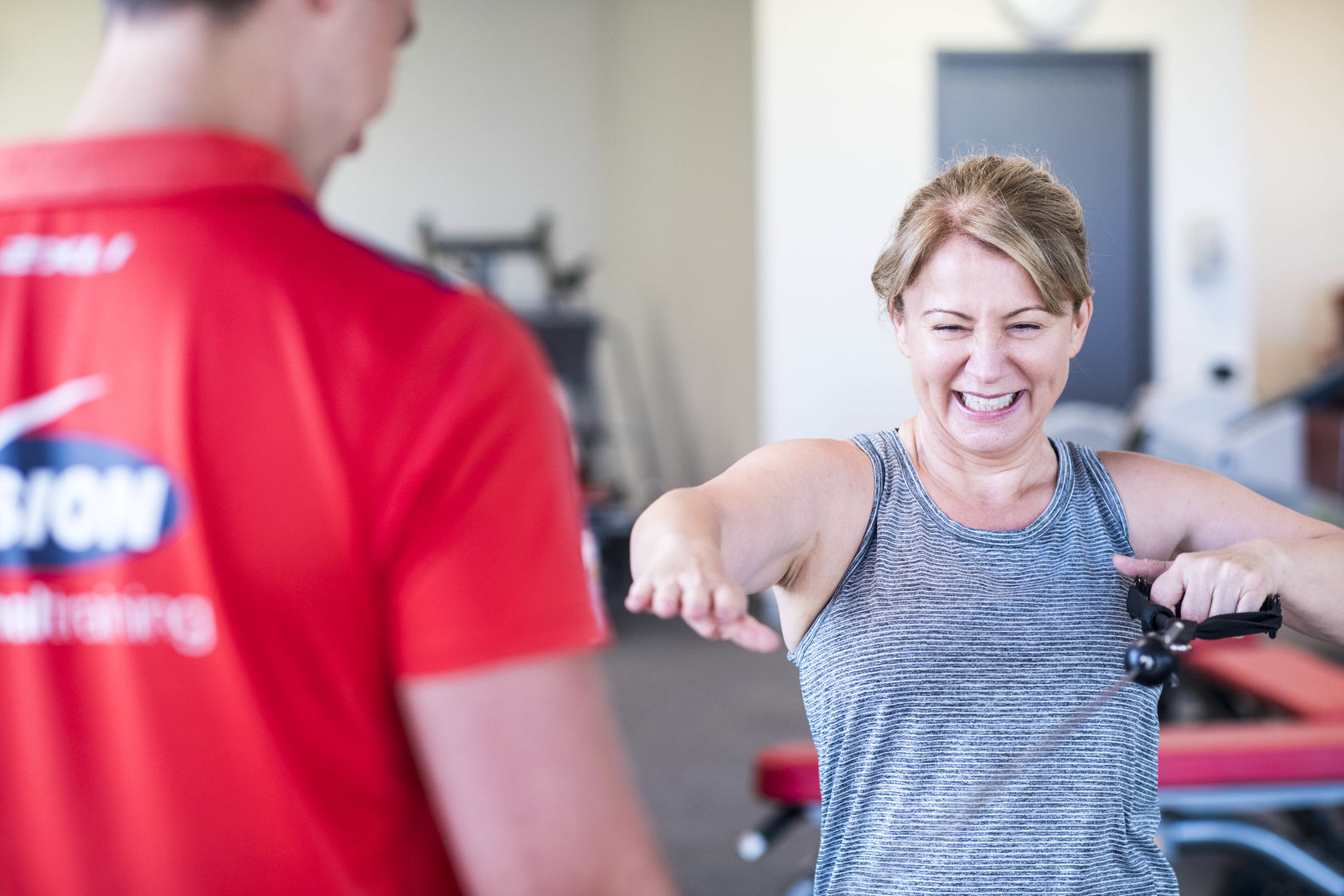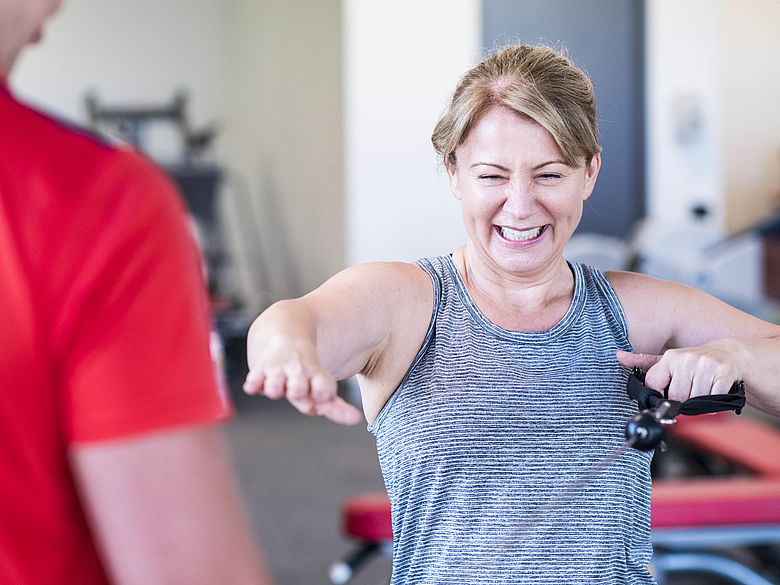Myo in a nutshell
With most of our staff undertaking myotherapy treatments to keep us in the best possible conditions, we've had lots of clients asking us what myotherapy is all about! We interviewed Emily Pryor, the founder of MJN Clinical Myotherapy where our staff are treated to ask her some questions!
Is a myotherapist like a physiotherapist?
A myotherapist is similar to a physiotherapist we both have degrees in Health science. We both assess and diagnosis musculoskeletal conditions within the body. Myotherapist tend to be more hands on with treatment than physio's and we use some extra modalities such as cupping, fascial release, dry needing and electro needling to offload tissue.
What do Myotherapist treat?
Myotherapist treat everything muscles, joints and nerve related. From postural misalignments and associated muscle pain, to sporting injuries, acute and chronic pain, repetitive injuries, childhood growing pains to the elderly with joint related restrictions
If you could give people one piece of advice, what would it be?
Never stop moving, be active every day and stretch every day.
Does myotherapy involve 'homework' i.e. exercises that you can do at home?
Myotherapist love to teach you about your body. How and why your injury occurred. In order for us to prevent the injury reoccurring and to speed up results we give you stretching and strengthening exercises. Most importantly we teach you how to listen to your body and educate you about how you can help offload your areas of tension
Do you a need a referral from a GP to visit a myotherapist?
No, you don't need a referral from you GP to come for treatment. Myotherapy is also covered by private health so you just pay you the gap at the end of treatment
Do you ever work in conjunction with other healthcare professionals such as PT's and GP's?
We work with all healthcare professionals such a PT's and GP's, Osteo's and Chiro's. In order to achieve the best results for the patient it is important that all healthcare practitioners are on the same page about their patients' health. As multiple minds collaborating is always better than an individual approach.
What is the best thing to wear to a myotherapy appointment?
No need to wear anything special to your appointment. Before we begin the treatment, we leave the room and allow you to take off whatever clothing is required and have towels to drape over yourself.
I often get a stiff neck and occasional headaches. What is the best thing I can do?
Treatment, treatment, treatment. The question I ask you is why do you get headaches? Is it postural related for example are your shoulders rounded and then adding tension to your shoulder and forcing you to stick your head forward? Or is in a repeated poor movement pattern you do every day. Through assessment and diagnosis, myotherapy would get to the bottom of why your headaches are occurring. Beside treatment the best thing you can do to prevent headaches is stretching your shoulders, allowing you to have full range of motion in your spine, shoulders and neck. Also, you need to strengthen the area's that are weak in your upper body in order to prevent poor posture occurring. Investing in a foam roller and spikey ball to off load your areas of tension is essential for everyone. We would teach you how to use them correctly. It's like having a mini Myo with you all the time.
Is myotherapy only for athletes or can anyone benefit?
Everyone can benefit we treat everything from young children to the elderly. We use our body every day so everyone needs some maintenance from time to time.
What does myotherapy treatment involve?
Myotherapy treatment involves a discussion about your pain or area of concern, followed by assessment using orthopaedic testing, postural examination and movement examination. We will explain our findings and discuss our treatment plan for that treatment and future treatments. The majority of the appointment time is spent fixing the patient, during treatment we use a combination of soft tissue release, fascial release, cupping (active and dynamic), dry needling and electro needling. Depending on the area being treated we may use some of these modalities. Then treatment will conclude with advice about your injury and helpful stretches and strengthening exercises for you to do between treatments.
We hope this has helped to answer some of your questions surrounding Myotherapy. If you are interested in trying it for yourself, make sure to pick up a voucher for a discounted Initial Consultation with MJN (only available at the Templestowe Studio).
*Disclaimer: Individual results vary based on agreed goals. Click here for details.

